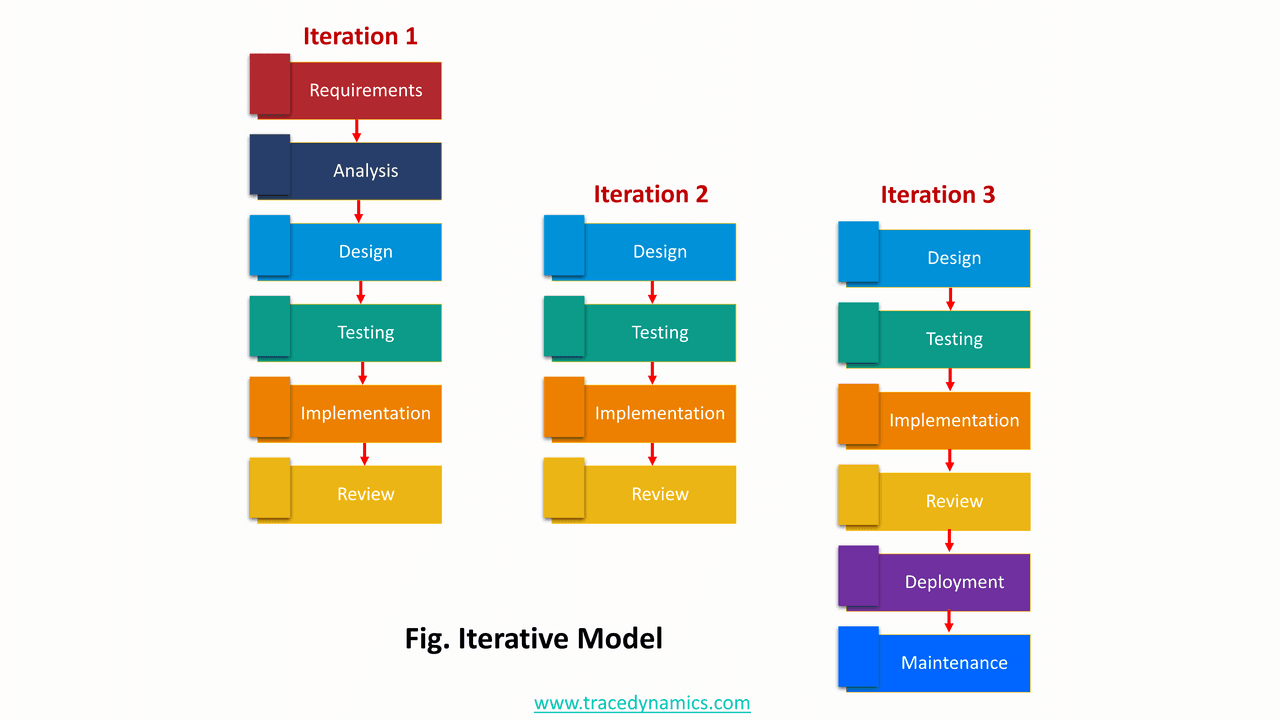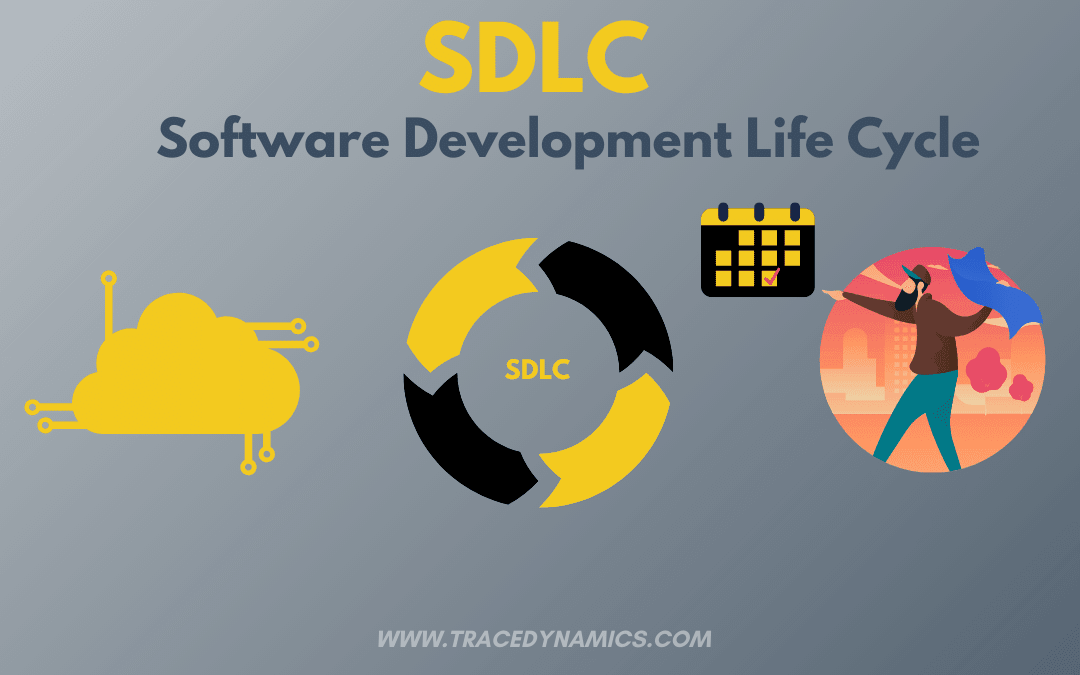SDLC Iterative model
In this model of software development life cycle, the iterative method begins with a simple execution of the small group of the requirements. sdlc
Iteratively the versions enhanced until we have a complete system that is all set to implement and deploy. sdlc
An iterative life cycle model doesn’t begin with a complete set of requirements by the client, so it is easier to use. sdlc
The development process starts by listing the requirements and executing only part of the program or system, which assessed to recognize the further needs of the software.sdlc
A model that is more suitable for changing needs and bigger products is the Iterative Model. sdlc
This one differs from the previously mentioned models by focusing on subsets of the software after the requirements stage and up to the release. sdlc
This allows user feedback, a greater ability to find issues during development, and an easier time fixing those issues. sdlc
Because the software is being built piece by piece, it does take longer and require higher levels of resources. sdlc
It all has to work together and without the skills to accomplish that it would be disastrous. sdlc
It essentially requires rewriting the software each time, with more added to it and fixes worked in. sdlc
One big benefit is that with each version of the software completed, it gives the customer and users a product they can use, satisfying their needs at a quicker pace while still improving the product. sdlc
However, this can also open the product to issues in the overall outcome.
As mentioned previously, it takes a great deal of skill to make sure all the pieces fit together, and even the most skilled may run into an unforeseen problem once all the subsets are finalized. sdlc
In the iterative model, modifications made in the system design and some new features during each iteration. sdlc
This process continues until complete software is ready according to the client’s requirements. sdlc
Applications using Iterative Model sdlc
The iterative model used when: sdlc
- The system requirements defined and understood clearly. sdlc
- The development project is vast. sdlc
- The main requirements of the software or system must be well-defined; though, sdlcsome minor details could add with time. sdlc
Why should you use Iterative Model? sdlc






No comments:
Post a Comment